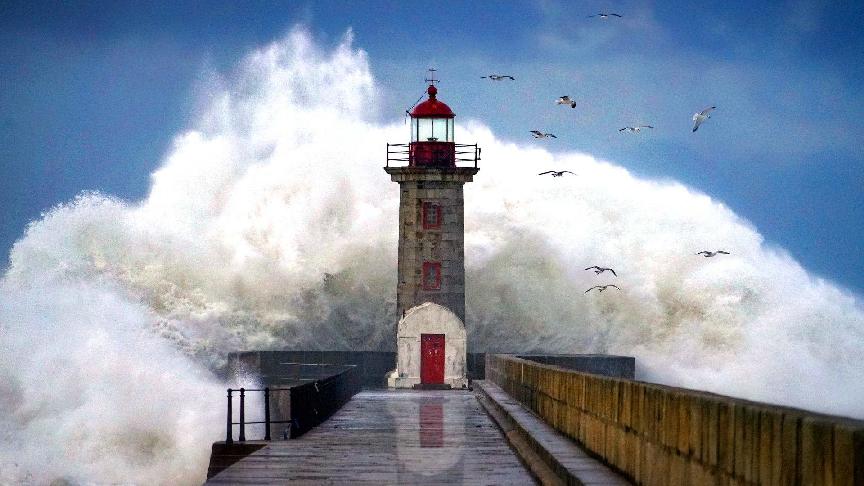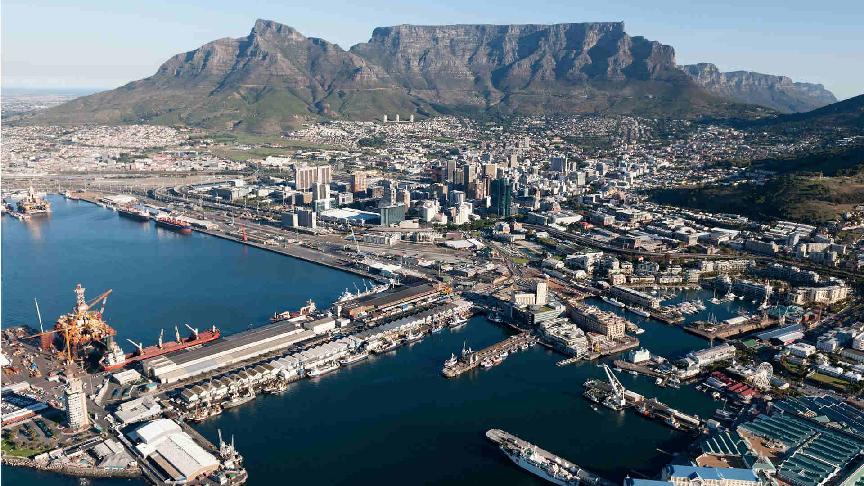The heat waves in Europe, the drought in Panama Canal, and El Niño in the Pacific are examples of severe weather conditions that directly affect maritime shipping. Experts have been closely monitoring the influence of such weather conditions in order to foresee and mitigate potential risks.
One of the issues Europe is facing is the low water levels on the Rhine River, one of the critical waterways used for shipping goods. In an interview with CNBC, Peter Sands, chief analyst at Xeneta, said, "We all rely on services and the goods carried by sea, but we hardly ever get to think about how they end up on the shelves — unless something goes wrong."
Peter anticipates that the drought, whether in Panama or Europe, could become more severe in the future. "What we see right now is perhaps only the starter of the main course that is being served next year," says Sands.
Earlier in June, water levels at one of the Rhine's main chokepoints (Kaub) dropped more than 200 cm in one month. Shippers were asked to pay low-water-level surcharges to compensate for barges not sailing on full load.
Tim Beckhoff, a McKinsey procurement and supplier management expert, told CNBC, "The shipping volumes on the river Rhine have been more or less consistent for the past 20 years or so." He added that the drop is becoming "a trend that's going to continue."
While other modes of transportation are accessible to shippers in Europe, shipping by sea is more economical. For example, 2,700 tonnes of cargo can be carried by one large barge on the Rhine. A shipper would need over a hundred trucks to transport the same amount by road.
Xeneta experts have been analysing the situation on the Rhine, says Sand. According to an article by Seatrade Maritime News, Sand urges shippers to take proactive steps while managing their shipments.
"It's a risk that all shippers on the river must consider as critical," he claims. "The impact on trucking and rail rates should also be considered - as a sudden and heavy use of these alternatives will swing that transportation market [rates] upwards."







